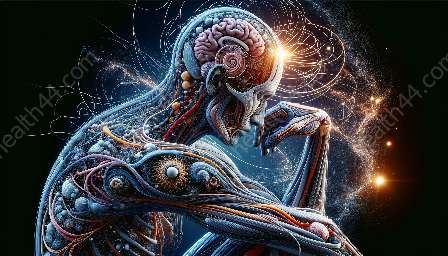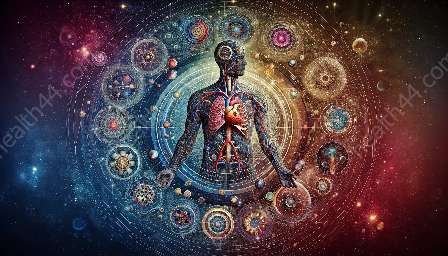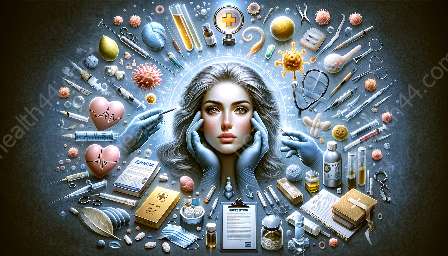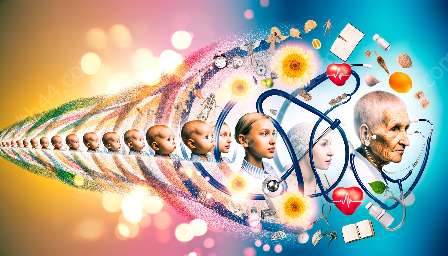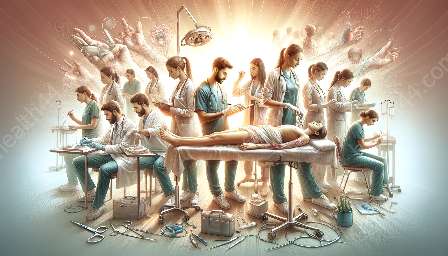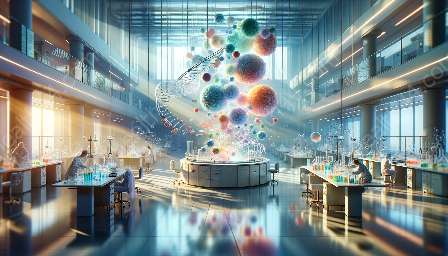The study of anatomy is the foundation of medical training and health education, providing a comprehensive understanding of the structure and function of the human body. From the intricacies of the skeletal system to the complexities of organ systems, the knowledge of anatomy plays a paramount role in the assessment, diagnosis, and treatment of various health conditions.
Understanding the Human Body
Anatomy delves into the intricate details of the human body, encompassing the study of the skeletal, muscular, nervous, digestive, respiratory, cardiovascular, and other systems. It goes beyond a superficial examination, allowing healthcare professionals and students to gain a profound insight into the interconnectedness of various bodily structures and their functions.
Significance in Health Education
The study of anatomy forms the cornerstone of health education, empowering individuals with the knowledge to make informed decisions about their health. It enables them to recognize signs and symptoms of illness, understand the impact of lifestyle choices, and comprehend the mechanisms behind disease processes. Moreover, a thorough understanding of anatomy is crucial for the development of health literacy, leading to improved health outcomes and overall well-being.
Vital Role in Medical Training
For aspiring healthcare professionals, a robust understanding of anatomy is indispensable. It serves as the groundwork for medical training, providing the essential knowledge required for clinical practice. From medical students to experienced practitioners, anatomy remains a focal point, guiding them in the evaluation and management of patients, surgical procedures, medical imaging interpretation, and diagnostic assessments.
The Wonder of Human Anatomy
Human anatomy is a marvel to behold, showcasing the intricacy and elegance of the human form. It offers a glimpse into the structural perfection and functional diversity of the body, evoking a sense of awe and appreciation for the complexities of biological design. Its study not only cultivates a deep respect for the human body but also ignites an enduring curiosity about its inner workings.
From Cells to Systems
At the cellular level, anatomy unravels the minute details of cellular structure and function, illuminating the foundation of life. It progresses to the organization of tissues, organs, and organ systems, elucidating the cooperative efforts of various components to sustain life. Understanding the interactions between cells, tissues, and systems offers profound insights into the mechanisms of health and disease.
Incorporating Modern Technology
Advancements in technology have revolutionized the study and application of human anatomy. From virtual dissection simulations to 3D imaging techniques, modern tools have enhanced the visualization and understanding of anatomical structures. These innovations not only facilitate effective learning but also contribute to the development of novel approaches in medical diagnostics and treatment strategies.
Interdisciplinary Connections
Anatomy serves as a bridge between various disciplines, fostering connections between biology, physiology, pathology, and medical sciences. Its interdisciplinary nature offers a holistic perspective on the human body, promoting collaborative efforts in research, education, and clinical practice. This interconnected approach results in comprehensive and integrated strategies for maintaining and restoring health.
Empowering Healthcare Professionals
Through an in-depth comprehension of anatomy, healthcare professionals are equipped to address the multifaceted challenges of patient care. They gain the expertise to perform accurate diagnoses, devise personalized treatment plans, and effectively communicate with patients regarding their health concerns. The knowledge derived from anatomy empowers them to deliver optimal care and advocate for the well-being of their patients.
Impact on Health and Well-Being
Ultimately, the understanding of anatomy profoundly influences health and well-being. It facilitates preventive measures, early detection of diseases, and evidence-based interventions, contributing to improved health outcomes and enhanced quality of life. By promoting anatomical literacy and appreciation, individuals are inspired to prioritize their health and take proactive steps towards achieving optimal well-being.
A Spectrum of Exploration
From the microcosm of cells to the macrocosm of organ systems, anatomy unveils a spectrum of exploration, inviting enthusiasts to delve into the limitless complexities of the human body. Whether through academic pursuits, clinical applications, or public education, the study of anatomy offers a kaleidoscopic view of the intricate tapestry of human health and serves as a perennial source of fascination and insight.
Conclusion
Anatomy embodies the essence of human health, serving as the gateway to understanding the intricacies of the human body. Its profound significance in health education and medical training cannot be overstated, as it forms the bedrock of knowledge for healthcare professionals and individuals alike. By unraveling the mysteries of human anatomy, we not only gain a deeper understanding of ourselves but also pave the way for advancements in healthcare and well-being. Let the study of anatomy be a testament to the marvels of the human body, inspiring a perpetual quest for knowledge and promoting a culture of health and vitality.

